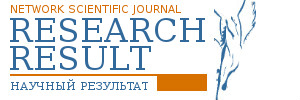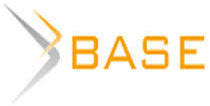Augmented and virtual reality technologies: innovations in teaching foreign languages at the university
Modern society requires specialists who are ready to act in a high-tech professional environment. The use of Augmented Reality (AR) and Virtual Reality (VR) technologies is a key direction for the development of the professional sphere in the near future. The relevance of this study is due to the need to introduce these technologies in the field of foreign language education in universities to optimize the process of forming students' professional foreign language competence. The purpose of this article is to study and analyze the existing experience of using educational technologies of augmented and virtual reality in teaching a foreign language in Russia and abroad. Methodology and methods: the lack of a sufficient research base devoted directly to the experience of implementing AR and VR technologies in the process of teaching a foreign language to university students led to the choice of a comprehensive research methodology: theoretical analysis of scientific, pedagogical and methodological literature on the research topic, description and analysis of research results. As a result, the article analyzes the use of augmented and virtual reality technologies in teaching a foreign language, their purpose and functions. The possibility of using these technologies in the educational environment in order to visualize the educational material, supplement it with visual information technologies by reading the QR code with smartphones, tablets and other gadgets, increase motivation and interest in learning is shown. The advantages and disadvantages of augmented and virtual reality technologies are highlighted. It is concluded that educational AR and VR technologies have a huge potential for teaching a foreign language in universities, and many of their shortcomings will be eliminated in the coming years.

















While nobody left any comments to this publication.
You can be first.